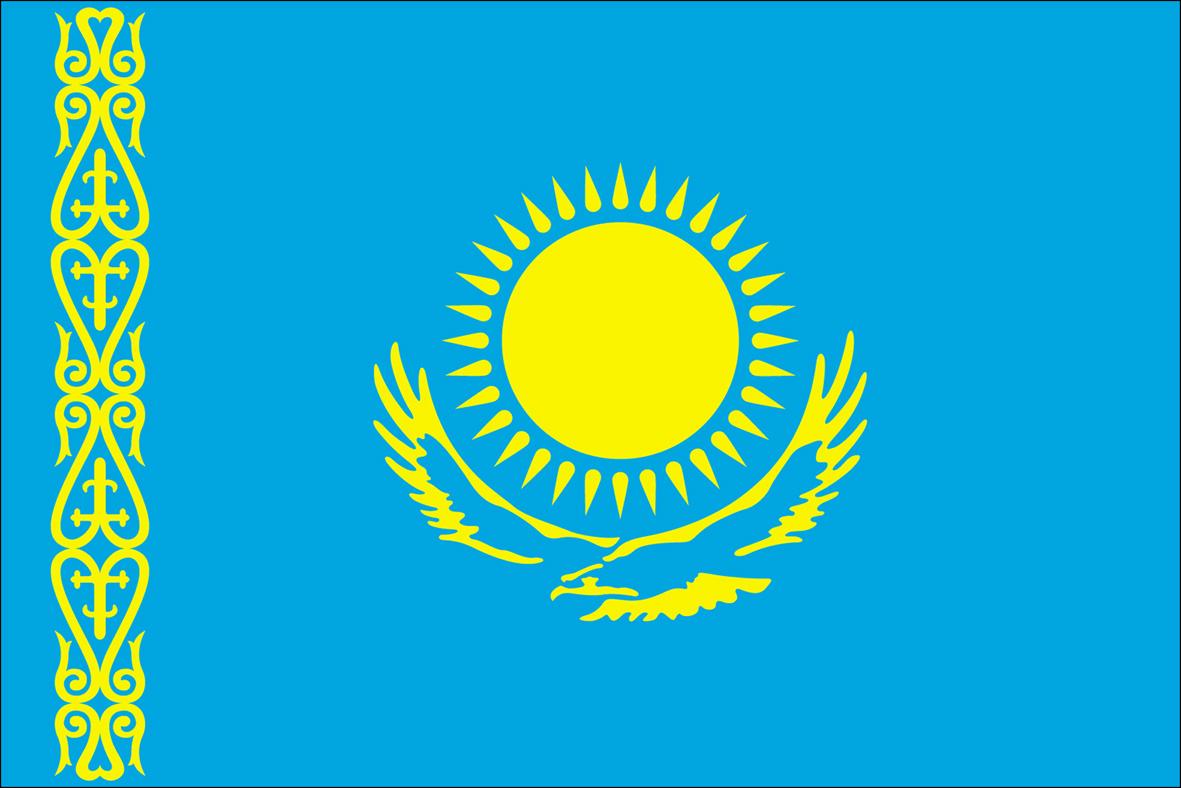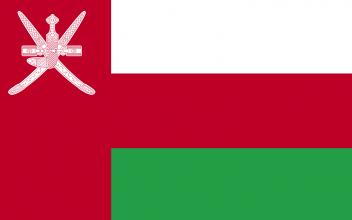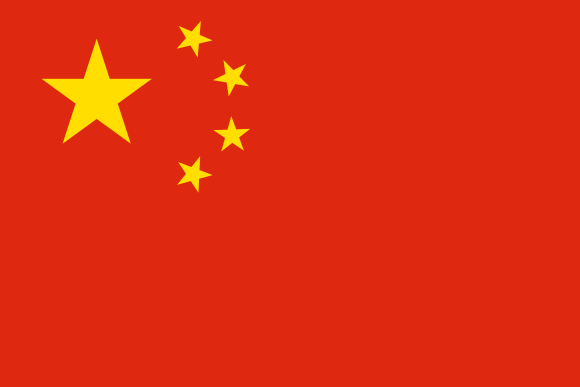Controlling the Silk Route
Political stability was important in keeping a flourishing trade along the Silk Roads and in regulating the goods traded. The collapse of the Chinese Han Empire in the third century AD and the Roman Empire in the fourth and fifth centuries disrupted trade by making these regions unsafe for travel. Other powers took over their role, most notably the Sassanid Empire in Western Asia and the Sogdians further east, under whose administration the Silk Roads thrived once more.




